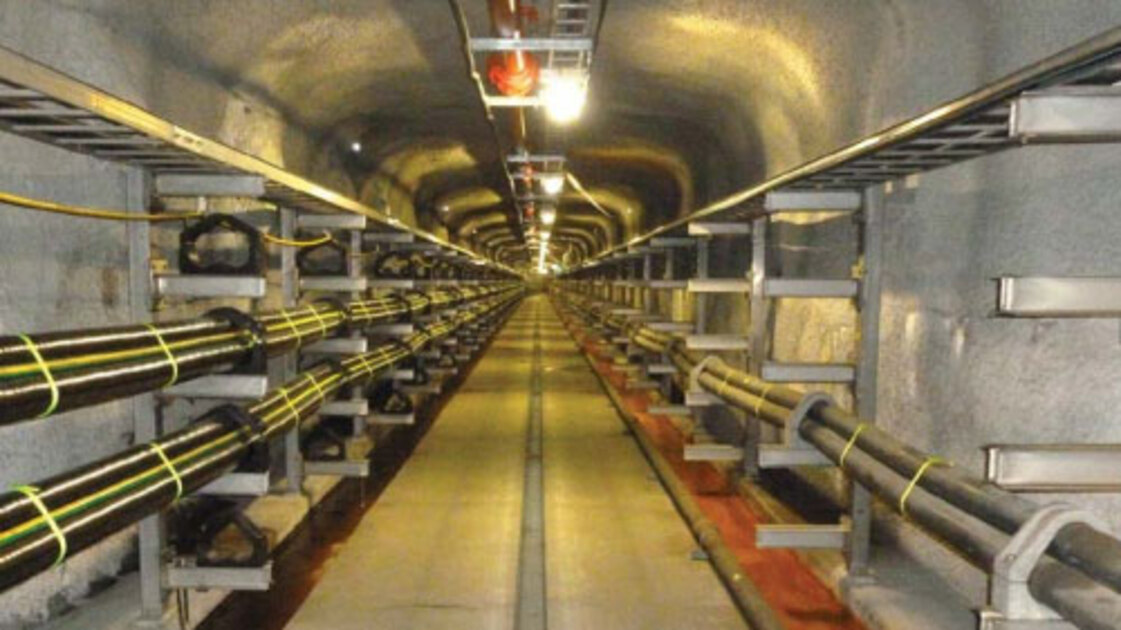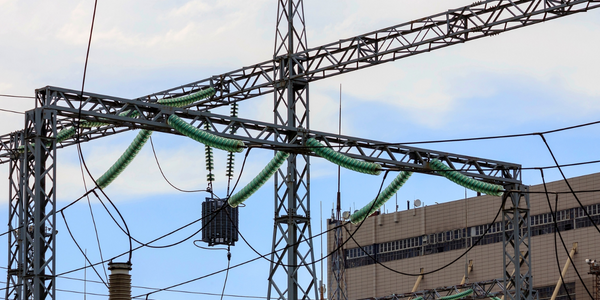
Technology Category
- Networks & Connectivity - Radio Access Network
- Networks & Connectivity - RFID
Applicable Industries
- Electrical Grids
- Telecommunications
Applicable Functions
- Human Resources
- Maintenance
Use Cases
- Onsite Human Safety Management
- Personnel Tracking & Monitoring
The Customer
Ausgrid
About The Customer
Ausgrid is Australia’s largest public utility, supplying electrical power to 1.6 million homes and businesses in and around Sydney’s central business district. In 2010, the electrical provider began an ambitious $800 million upgrade project codenamed CityGrid. The project’s twin goals are to supply sufficient power to the Sydney CBD through 2024 and to inject extra backup capabilities into the power grid for optimal future reliability. The project consists of constructing up to four new interconnected substations, replacing and upgrading key high-voltage cables, and adding a new 8-kilometer City East tunnel linking existing City West and City South tunnels to form a comprehensive electricity supply ring around the business district.
The Challenge
Ausgrid, Australia’s largest public utility, embarked on an ambitious $800 million upgrade project, codenamed CityGrid, aimed at supplying sufficient power to Sydney’s central business district through 2024 and injecting extra backup capabilities into the power grid for optimal future reliability. The project involved constructing up to four new interconnected substations, replacing and upgrading key high-voltage cables, and adding a new 8-kilometer City East tunnel. During the construction process, teams were working up to 55 meters below the surface, and maintaining open communication between the maintenance staff and teams working deeper within the tunnel was a challenge. Ausgrid used a simplex radio channel via the New South Wales Government Radio Network (NSWGRN) for this purpose, but this method had major drawbacks and limitations. It drew maintenance staff away from their daily monitoring and repair duties, forcing them to rely on land lines, escorts, and face-to-face meetings to connect with tunnel construction teams.
The Solution
To overcome the communication challenge, Ausgrid turned to CommScope’s Distributed Coverage and Capacity Solutions (DCCS) team. The DCCS team recommended additional coverage supplied by the ION-M intelligent optical network—a radio-over-fiber, wide-band, technology-agnostic repeater platform. The platform re-broadcasts NSWGRN signals from dedicated base stations located at two of Ausgrid’s substations. ION-M also enables Wi-Fi access within the tunnel, offering Ausgrid an entirely new suite of communication and efficiency opportunities. In addition to ION-M, Ausgrid also chose RADIAX cables to ensure reliable communications deep underground. These cables function as a continuous distributed antenna, designed specifically to solve wireless communication problems in confined areas like tunnels, where multiple services are often blocked by radio frequency obstructions.
Operational Impact
Quantitative Benefit

Case Study missing?
Start adding your own!
Register with your work email and create a new case study profile for your business.
Related Case Studies.

Case Study
Hydro One Leads the Way In Smart Meter Development
In 2010, Ontario’s energy board mandated that time-of-use (TOU) pricing for consumers be available for all consumers on a regulated price plan. To meet this requirement, Hydro One needed to quickly deploy a smart meter and intelligent communications network solution to meet the provincial government’s requirement at a low cost. The network needed to cover Hydro One’s expansive service territory, which has a land mass twice the size of Texas, and its customers live in a mix of urban, rural, and remote areas, some places only accessible by air, rail, boat or snowmobile. Most importantly, the network needed to enable future enterprise-wide business efficiencies, modernization of distribution infrastructure and enhanced customer service. To meet these needs, Hydro One conceptualized an end-to-end solution leveraging open standards and Internet Protocols (IP) at all communication levels. The utility drew upon industry leaders like Trilliant to realize this vision.

Case Study
Selling more with Whirlpool
Whirlpool wanted to add connectivity to appliances and transform the company's relationship with customers. Traditionally, Whirlpool interaction with customers was limited to purchases made once every ten years. Connected washer and dryers provide exciting new features like remote management of start times and inter-machine communication.

Case Study
SAS® Analytics for IoT: Smart Grid
Companies face falling revenues, rising infrastructure costs, and increasing risk of outages caused by inconsistent energy production from renewable sources. Less money is coming in as more people and organizations take steps to curb their energy use. Utilities are paying more to maintain and build infrastructure due to increasing complexity, resulting from the rising number of intermittent and variable renewable energy sources connected in the distribution grid.

Case Study
Enel Secures Italian Power Generation Network
Electric energy operators around the world are working to increase the reliability and cyber resiliency of their systems. This includes Enel, a global power company that manages and monitors the Italian power grid. This grid:• Serves 31 million customers• Has a net installed energy capacity exceeding 31 gigawatts• Includes more than 500 power generation plants,including hydroelectric, thermoelectric, and wind• Is managed and monitored by Enel 24/7/365• Is operated by Terna, the Italian Transmission System Operator (TSO)Enel is responsible for the availability of the grid’s underlying ICS and industrial network. It also manages Regional Control Centers and Interconnection Centers which connect with the TSO. The TSO manages the flow of energy to the grid plus controls and remotely regulates the power generation of power plants, increasing and decreasing power production as required. The complex system of interaction and cooperation between Enel and the TSO has strong security implications as well as operational and business challenges.

Case Study
Vodafone Hosted On AWS
Vodafone found that traffic for the applications peak during the four-month period when the international cricket season is at its height in Australia. During the 2011/2012 cricket season, 700,000 consumers downloaded the Cricket Live Australia application. Vodafone needed to be able to meet customer demand, but didn’t want to invest in additional resources that would be underutilized during cricket’s off-season.








